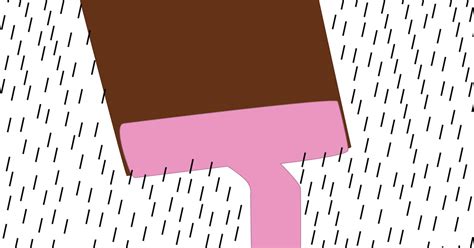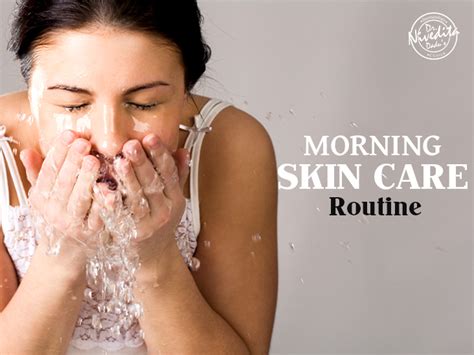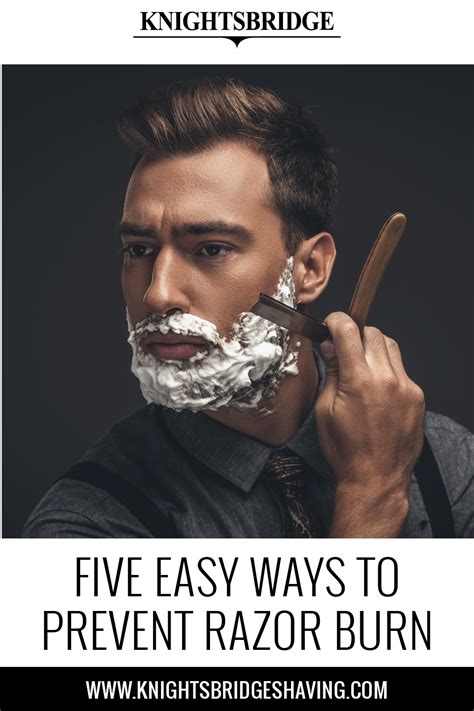How to eliminate razor burn for a confident, peak performance shave?

Say Goodbye to Razor Burn: Achieve Your Best Shave Yet
Razor burn is an all-too-common irritation, characterized by redness, tenderness, and sometimes small bumps that can derail your confidence and spoil the satisfaction of a fresh shave. Far from a minor inconvenience, it’s a sign that your skin is unhappy with your shaving routine. But fear not! Achieving a consistently smooth, irritation-free shave is entirely within reach. By understanding the causes and implementing a few key strategies, you can transform your shaving experience into a ritual of comfort and precision.

Understanding the Culprit: What Causes Razor Burn?
Razor burn typically occurs when the hair follicle is traumatized during shaving. This can happen for several reasons: using a dull blade that pulls rather than cuts, shaving against the grain, applying too much pressure, using inadequate lubrication, or having sensitive skin that reacts strongly to friction and chemicals. The result is microscopic cuts, inflammation, and sometimes ingrown hairs, all contributing to that uncomfortable, burning sensation. The good news is that each of these causes can be directly addressed with the right approach.
Preparation is Paramount: Setting the Stage for a Smooth Shave
The secret to eliminating razor burn often begins long before the blade even touches your skin. Proper preparation softens your facial hair, opens your pores, and creates a protective barrier, allowing your razor to glide effortlessly.
- Warm Water & Exfoliation: Start with a hot shower or apply a warm, damp towel to your face for a few minutes. This softens your beard and opens up pores, making hair easier to cut. Consider a gentle facial scrub 1-2 times a week to remove dead skin cells and lift hairs, preventing ingrowns.
- Pre-Shave Oil: A quality pre-shave oil creates an additional layer of lubrication between your skin and the razor. It’s especially beneficial for those with sensitive skin or coarse hair, helping the blade glide more smoothly and reducing drag.

Mastering Your Shaving Technique: The Art of the Effortless Cut
Your shaving technique is the most critical factor in preventing razor burn. Small adjustments can make a world of difference.
- Sharp Blades are Non-Negotiable: A dull blade is your skin’s worst enemy. It drags, pulls, and causes irritation. Change your blade or cartridge every 5-7 shaves, or sooner if you feel any tugging.
- Quality Shave Cream/Soap: Ditch the aerosol cans filled with propellants and opt for a rich, hydrating shave cream or soap. Lather it generously with a brush to create a thick, protective cushion that lifts the hairs.
- Shave With the Grain (Mostly): For your first pass, always shave in the direction your hair grows. This minimizes irritation. For a closer shave, you can do a second pass across the grain, but avoid going against the grain entirely, especially if you’re prone to razor burn.
- Light Pressure: Let the razor do the work. Modern razors are designed to cut effectively with minimal pressure. Pushing too hard only increases friction and skin irritation.
- Rinse Your Blade Frequently: Clogged blades are ineffective. Rinse your razor under hot water after every few strokes to clear away hair and shaving cream.

Post-Shave Perfection: Soothe and Protect Your Skin
The care you give your skin immediately after shaving is just as important as the preparation.
- Cold Water Rinse: After you’ve finished shaving, splash your face with cold water. This helps to close pores and soothe the skin, reducing redness and inflammation.
- Alcohol-Free Aftershave Balm: Avoid aftershaves with high alcohol content, as they can dry out and irritate freshly shaved skin. Instead, opt for a hydrating, alcohol-free aftershave balm or lotion that contains soothing ingredients like aloe vera, witch hazel, or chamomile.
- Moisturize: Even if you use an aftershave balm, a good moisturizer can provide an extra layer of hydration and protection, keeping your skin supple and healthy.

Long-Term Prevention and Care
- Consider Your Tools: If razor burn persists, you might reconsider your shaving tool. Safety razors, with their single, sharp blade, can often provide a closer, less irritating shave for many. Some even find relief with electric shavers, though they may not offer the same closeness.
- Shave Less Frequently: If your skin is highly sensitive, try shaving every other day or less often to give your skin a chance to recover.
- Maintain Razor Hygiene: Always rinse your razor thoroughly after use and store it in a dry place to prevent bacteria buildup, which can contribute to skin issues.
- Listen to Your Skin: Pay attention to how your skin reacts to different products and techniques. What works for one person might not work for another.

Eliminating razor burn isn’t about finding a magic bullet, but rather about adopting a holistic approach to your shaving routine. By prioritizing proper preparation, refining your technique, and committing to diligent post-shave care, you can transform your shave from a dreaded chore into a refreshing and confident start to your day. Embrace these practices, and enjoy the lasting comfort of smooth, irritation-free skin.








